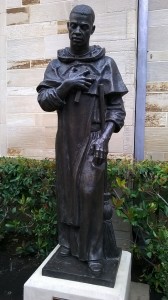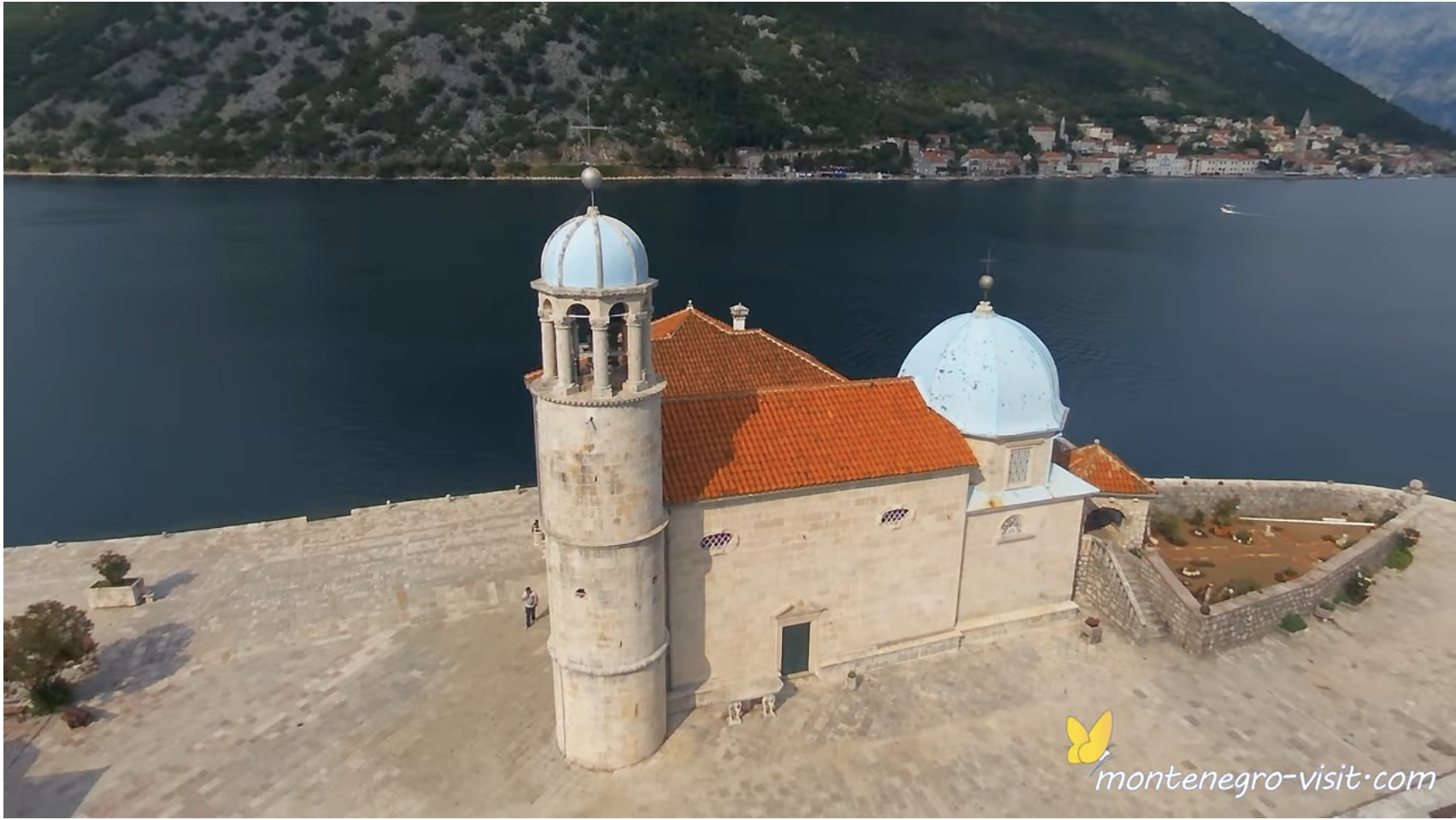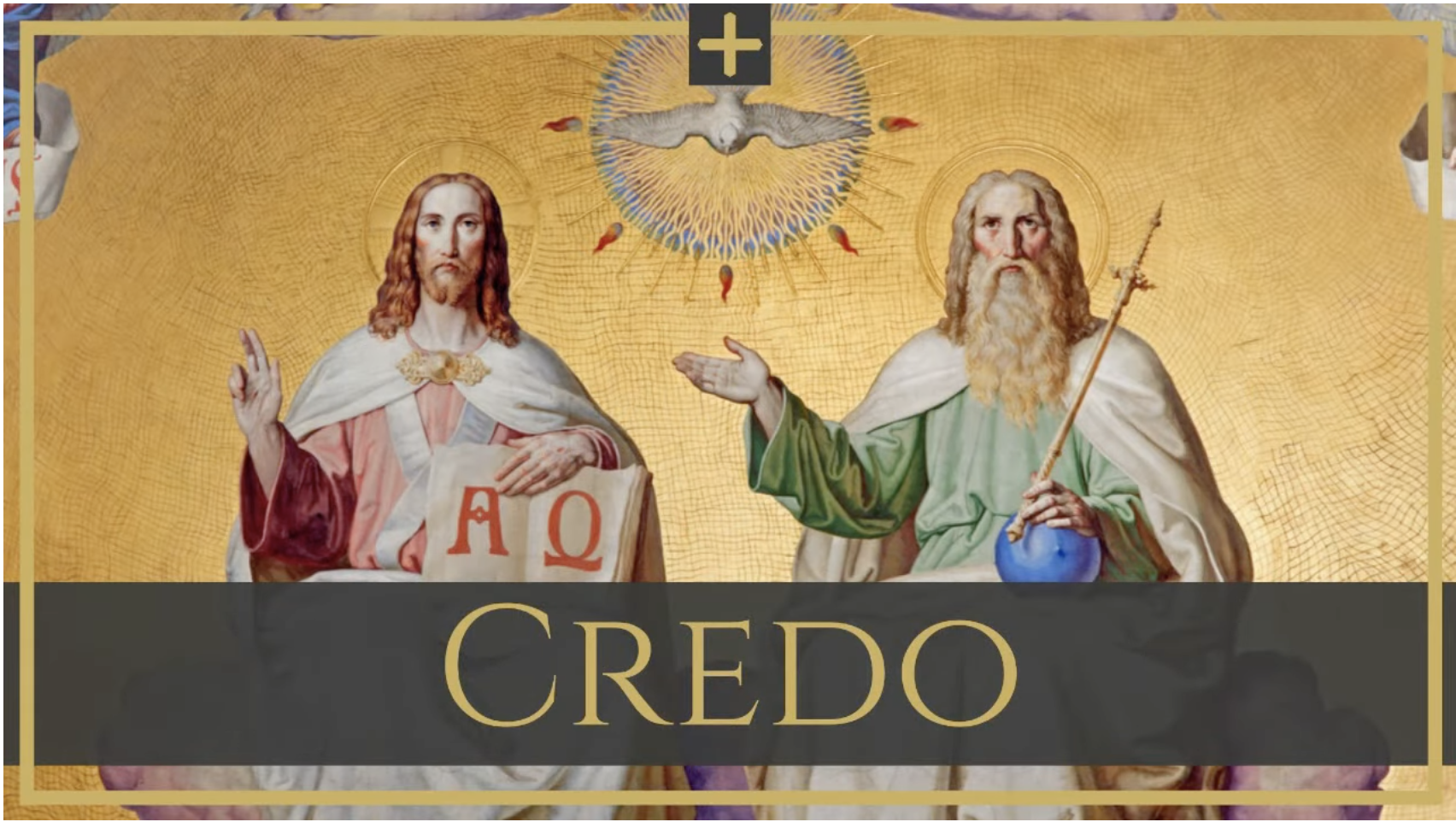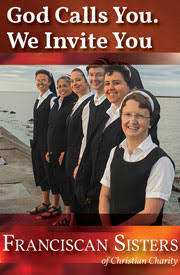Outside the Dominican parish where I am privileged to attend Mass on Sundays, there is a statue (see below) of that marvelous Dominican saint: Martin de Porres.
Juan Martin de Porres Velázquez was born in Lima, Peru in 1579, a mulatto, or mixed race child, the illegitimate son of a Spanish nobleman and a freed slave from Panama. After the birth of his sister two years later, his father abandoned the family. His mother supported the children by doing laundry. Martin grew up in poverty, a social outcast in Peru, but was able to go to a primary school for two years, after which he learned the medical arts of the day at age 15 from a barber-surgeon.
Although by law, Martin was barred from becoming a full member of any religious order because of his race, he asked the Dominicans of Holy Rosary Priory to accept him as a donado, a volunteer whose duties included performing menial tasks in the priory, such as kitchen work, laundry, and cleaning. This is why he is often depicted with a broom.
In time, Martin was allowed to take vows as a member of the Third Order of Saint Dominic and was assigned to the infirmary. Thus began his famous ministry to the sick. For brevity’s sake, let’s just say he was the Mother Theresa of Calcutta of his day. Numerous miraculous healings were attributed to him, and he ministered to both Spanish nobles and recently arrived African slaves, without discrimination. In later years, he founded a residence for orphans and abandoned children in Lima.
All of this sounds very impressive to us, who live in an age that tends to value the virtues of the active life. In the Biblical story of Martha and Mary, previous generations often favored Mary, the contemplative, the one who sat at Jesus’s feet staring up at him, enraptured with every word and gesture. Today, many of us tend to prefer Martha, the busy one, the one who actually “gets something done,” who prepares the meal and feeds the guests.
And yet, if we thought about it, we’d have to admit that we’ve probably known a Martha or two in our lives: women who are so busy cooking and preparing and rushing about that they never have time to actually sit and talk to their guests. “If I wanted someone rushing about putting food in front of me,” one is tempted to say, “I would have gone to a restaurant. I come to someone’s house to enjoy a visit as a guest, not as an especially demanding customer.”

Looking at the statue of St. Martin, one sees what the artist has attempted to capture with the broom at Martin’s side and the cross at his breast: the unity the saint achieved between the contemplative and active dimensions of his existence. He was known to spend hours deep in prayer. It is said that, once, a fire broke out on the altar before which he was praying, and in all the confusion of putting it out, Martin did not stir from prayer – a story I might have considered apocryphal except for the fact that I have known people like this. Either way, everything we know about St. Martin suggests he was a man of prayer – what in the ancient world they would have called a man of theoria or “contemplation.”
What we should not miss in someone like St. Martin is the degree to which his life was made possible by a specifically Christian development of pagan Greek notions of the contemplative life. Greek philosophers such as Plato and Aristotle seem to have considered the contemplative life to be the highest human activity – the activity by which the human person brings his or her mind into contact with the highest principle of Truth, Goodness, and Beauty. And yet, among such Greek thinkers, the life of contemplation stood in stark contrast to the life of servile labor. In the world of Plato and Aristotle, servants worked, so that an elite few could live the “life of the mind” and spend their time contemplating the highest things.
What the Christian faith proclaims is that the source of all Truth, Goodness, and Beauty has deigned to take on the human condition. The Word that was “in the beginning, that was with God and was God,” has “become flesh and dwelt among us, having ‘emptied himself’ of his divinity and ‘put on’ our humanity.” With this, the contemplative life would never be the same. It’s not only that now a slave can legitimately attain to the heights formerly reserved only for the few. Now it is perhaps only those who “put on Christ” and serve the rest who can attain to such exalted heights.
Offer a course called “Christian Spirituality” or “Christian Mysticism” and plenty of students will sign up. Make a prerequisite for the course cleaning toilets and sweeping hallways in the building for the semester, and enrollments would drop radically. Students like to read about the Benedictine life; it’s the reality itself, that amazing balance of work and prayer, ora et labora, that they can scarcely imagine. Why? Too much work and too much prayer. We prefer instead a life of busy-ness. Large doses of empty activity that keep us numb to the emptiness of what we’re doing and to the absence of the One whose presence is the only thing that could fill our emptiness.
If you like St. Martin’s life story, understand this: there’s no St. Martin without the cross at his breast and the broom at his side.














